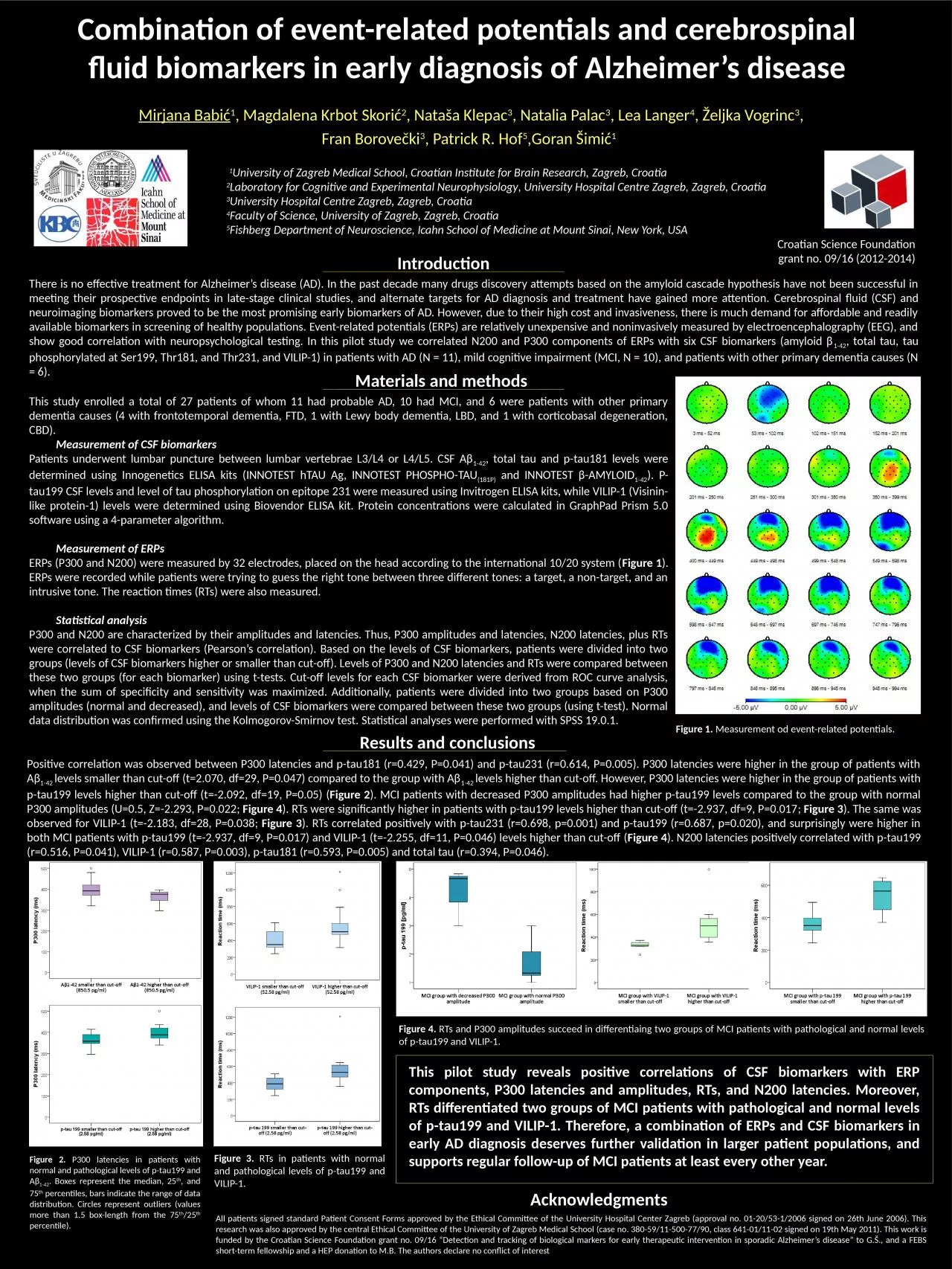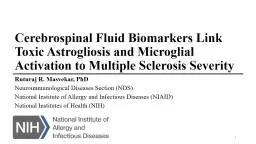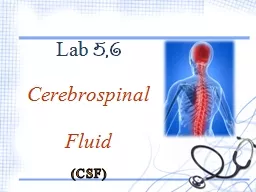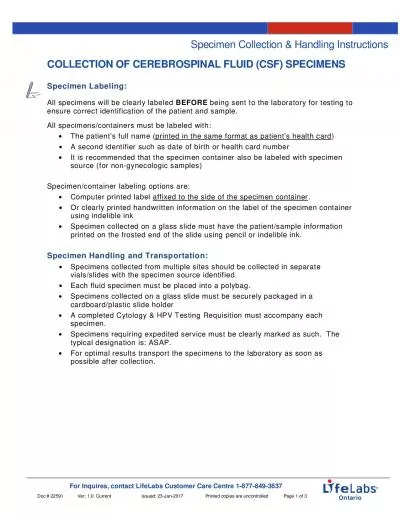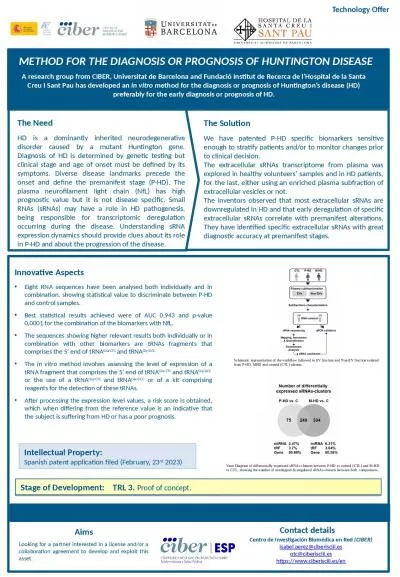PPT-Combination of event-related potentials and cerebrospinal fluid biomarkers in early diagnosis
Author : megan | Published Date : 2024-03-15
s disease Mirjana Babić 1 Magdalena Krbot Skorić 2 Nataša Klepac 3 Natalia Palac 3 Lea Langer 4 Željka Vogrinc 3 Fran Borovečki 3 Patrick R Hof
Presentation Embed Code
Download Presentation
Download Presentation The PPT/PDF document "Combination of event-related potentials ..." is the property of its rightful owner. Permission is granted to download and print the materials on this website for personal, non-commercial use only, and to display it on your personal computer provided you do not modify the materials and that you retain all copyright notices contained in the materials. By downloading content from our website, you accept the terms of this agreement.
Combination of event-related potentials and cerebrospinal fluid biomarkers in early diagnosis: Transcript
Download Rules Of Document
"Combination of event-related potentials and cerebrospinal fluid biomarkers in early diagnosis"The content belongs to its owner. You may download and print it for personal use, without modification, and keep all copyright notices. By downloading, you agree to these terms.
Related Documents

